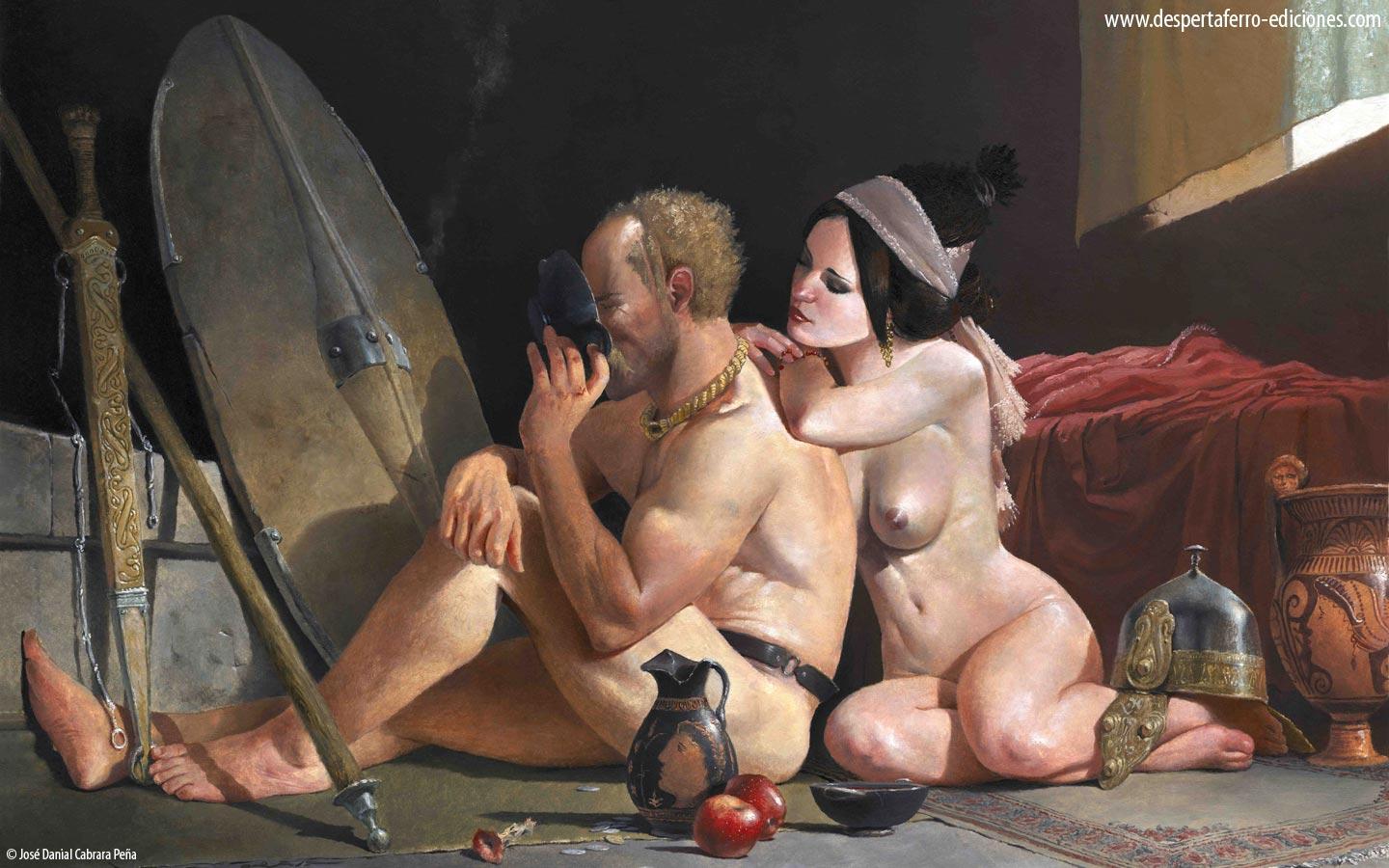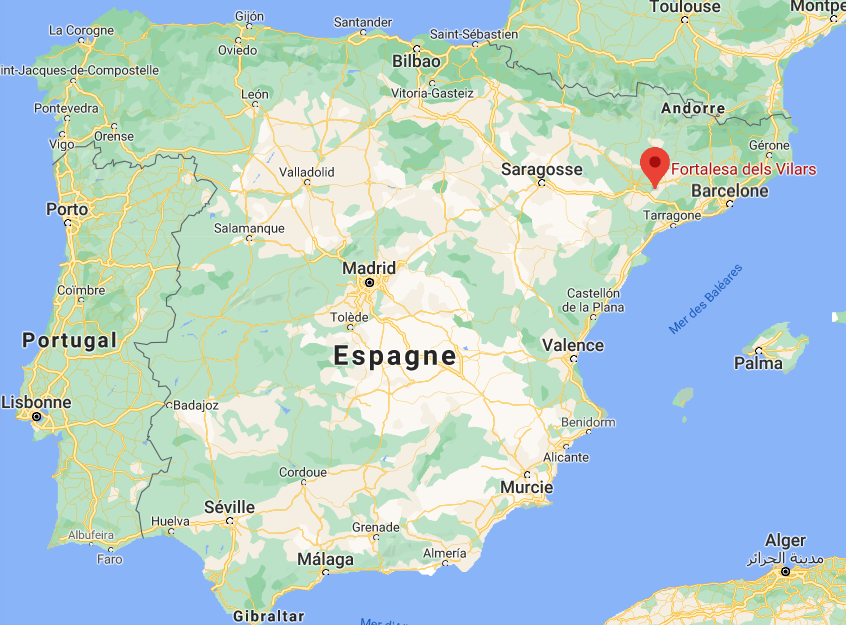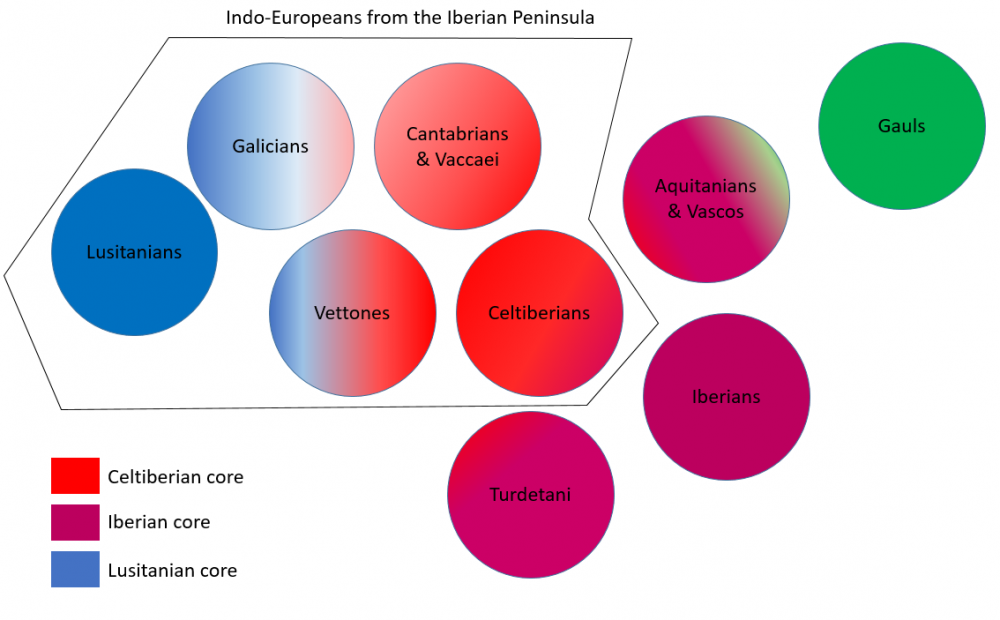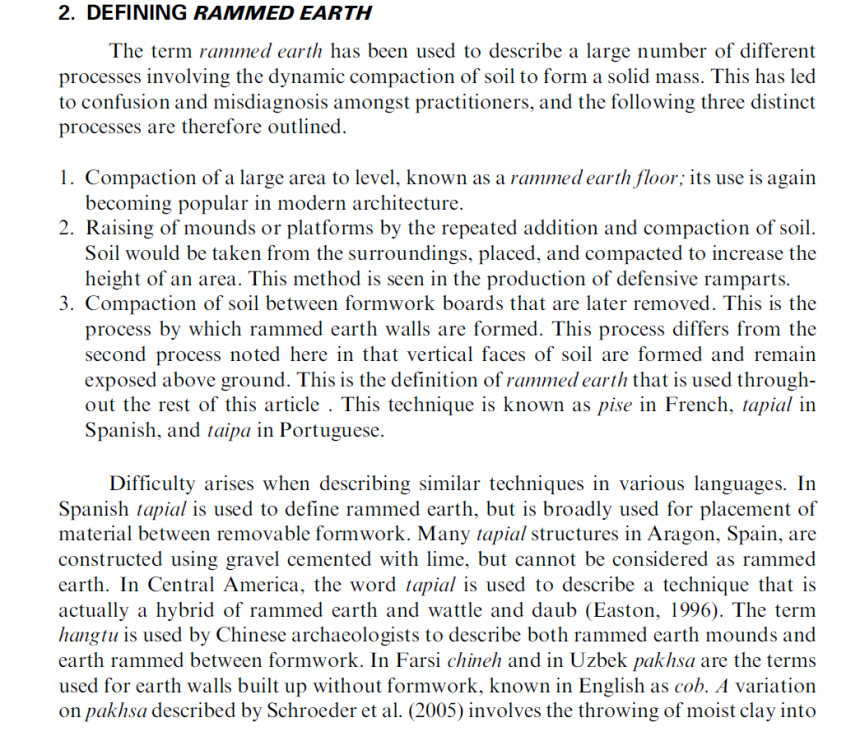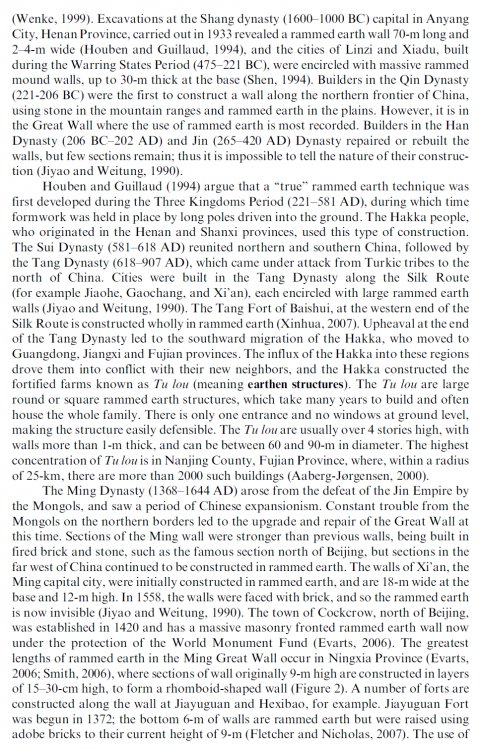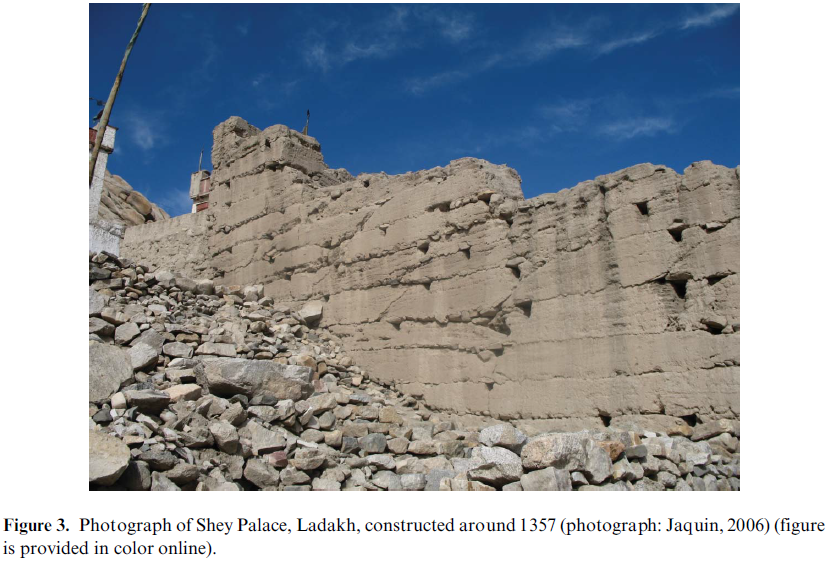-
Posts
2.379 -
Joined
-
Last visited
-
Days Won
80
Everything posted by Genava55
-
Pontus used it several times (1st century BC) https://en.wikipedia.org/wiki/Battle_of_Zela https://en.wikipedia.org/wiki/Battle_of_the_River_Amnias For the Diadochi I don't know.
-
.thumb.jpg.b21ca1d0c15fb56b42c39b25a0a40815.jpg)
Lusitanians and extreme tactics
Genava55 replied to soloooy0's topic in Introductions & Off-Topic Discussion
Thank you very much! -
.thumb.jpg.b21ca1d0c15fb56b42c39b25a0a40815.jpg)
Lusitanians and extreme tactics
Genava55 replied to soloooy0's topic in Introductions & Off-Topic Discussion
https://www.almendron.com/blog/el-santuario-tartesico-de-cancho-roano/ https://es.wikipedia.org/wiki/Cancho_Roano -
.thumb.jpg.b21ca1d0c15fb56b42c39b25a0a40815.jpg)
Lusitanians and extreme tactics
Genava55 replied to soloooy0's topic in Introductions & Off-Topic Discussion
For example this message, I am pretty sure to have put the links of several FB groups talking about Celtiberians, Iberians etc. https://wildfiregames.com/forum/topic/23996-iberians-celtiberians-lusitans-reference/?do=findComment&comment=403536 The same for this one: https://wildfiregames.com/forum/topic/23996-iberians-celtiberians-lusitans-reference/?do=findComment&comment=402924 -
.thumb.jpg.b21ca1d0c15fb56b42c39b25a0a40815.jpg)
Lusitanians and extreme tactics
Genava55 replied to soloooy0's topic in Introductions & Off-Topic Discussion
It is an interesting article starting from Koch&Cunliffe view of the Celtic language originating in the West but this view got profoundly destroyed by recent genetic analysis. R1B comes clearly from a population related to the steppes in the East. This population replaced the entire male lineage, we found no surviving Y-chromosomes from the previous Neolithic population. https://www.lavanguardia.com/ciencia/20190314/461027127726/genoma-adn-poblacion-peninsula-iberica.html https://www.nationalgeographic.com/science/2019/03/ancient-iberians-dna-from-steppe-men-spain/ Furthermore, the most common view among linguists is that Lusitanian is NOT a Celtic language. -
LOS CASTROS Y LAS GUERRAS LUSITANAS CAP3 El Legado Celta en España~Canal Historia España. El Legado Celta de Galicia | Documental Los pueblos celtas en la península ibérica | Gonzalo Ruiz Zapatero Castros de la Edad de Hierro en el área noroccidental(...) La indumentaria de la Edad del Hierro en la Península Ibérica PUEBLOS GUERREROS DE NAVARRA - Guía arqueológica de los castros la Edad del Hierro de Navarra. Castro Celtibérico de CASTIL DE GRIEGOS. Checa (Guadalajara)
-
.thumb.jpg.b21ca1d0c15fb56b42c39b25a0a40815.jpg)
Lusitanians and extreme tactics
Genava55 replied to soloooy0's topic in Introductions & Off-Topic Discussion
@Stan` Is it possible to get back the facebook links, at least as url and not embedded? By editing the message, I cannot see the raw code to get them back. -
.thumb.jpg.b21ca1d0c15fb56b42c39b25a0a40815.jpg)
Lusitanians and extreme tactics
Genava55 replied to soloooy0's topic in Introductions & Off-Topic Discussion
A small schema of the cultural situation of Iberian Iron Age (I put Iberian as a general meaning for native non-indo-european in the peninsula) -
C, it is more coherent with the other names. There are several ways to write the sound K from Gaulish, Europa Barbarorum choose to write it with "K", I prefer to use a Latin transcription with the letter "C" like we found it in Gallo-Roman inscriptions. Examples: Kingetos or Cingetos.
- 264 replies
-
- britons
- east celtic
-
(and 2 more)
Tagged with:
-
Carnyx is a hapax but it should be karnus/carnus or karnuxs/carnuxs for the instrument. So I would say Carnucos (karnukos).
- 264 replies
-
- britons
- east celtic
-
(and 2 more)
Tagged with:
-
.thumb.jpg.b21ca1d0c15fb56b42c39b25a0a40815.jpg)
Others RTS - Discuss / Analysis
Genava55 replied to Lion.Kanzen's topic in Introductions & Off-Topic Discussion
-
Indeed, this is unique. Could be Greek, Etruscan or even Iberian influence. What's impressive as well is the multiple destruction seen in the soil layers.
- 264 replies
-
- britons
- east celtic
-
(and 2 more)
Tagged with:
-
I didn't know it existed, and I didn't find any references, probably something in German, but I can't find it.* Heuneburg is a major place at the end of the Hallstatt period. It is not directly the La Tène culture but at least this is Celtic and since the British still use chariots during the entire iron age, it could be ok. Anyway your British wonder is good enough. *actually just find a video about the place, I will see if it is helpful to get something in google scholar https://www.youtube.com/watch?v=Ydp2eY9TkHI
- 264 replies
-
- britons
- east celtic
-
(and 2 more)
Tagged with:
-
Still a bit empty in the way 0ad depict any building, but it could be a candidate for wonder (Britons or Gauls).
- 264 replies
-
- 1
-

-
- britons
- east celtic
-
(and 2 more)
Tagged with:
-
.thumb.jpg.b21ca1d0c15fb56b42c39b25a0a40815.jpg)
Bibliography and references about ancient times (+ book reviews)
Genava55 replied to Genava55's topic in General Discussion
Very useful resource for classical texts: https://topostext.org/ -
.thumb.jpg.b21ca1d0c15fb56b42c39b25a0a40815.jpg)
Bibliography and references about ancient times (+ book reviews)
Genava55 replied to Genava55's topic in General Discussion
https://www.amazon.com/Army-Ptolemaic-Egypt-323-Institutional/dp/1473833833 The Army of Ptolemaic Egypt 323 to 204 BC: An Institutional and Operational History A study of the Ptolemaic army as an institution reconstructed through a wide range of ancient sources, from histories to documentary papyri and inscriptions to archaeological finds. The Ptolemaic Dynasty ruled Egypt and much of the eastern Mediterranean basin for nearly 300 years. As a Macedonian dynasty, they derived much of their legitimacy from military activity. As an Egyptian dynasty, they derived much of their real wealth and power from maintaining a secure hold on their new homeland. As lords of a far-flung empire, they maintained much of their authority through garrisons and the threat of military action. To achieve this they devoted much of their activity to the development and maintenance of a large army and navy. This work focuses on the period of the first four Ptolemies, from the acquisition of Egypt after the death of Alexander the Great to the great battle of Raphia more than a century later. It offers a study of the Ptolemaic army as an institution, and of its military operations, both reconstructed through a wide range of ancient sources, from histories to documentary papyri and inscriptions to archaeological finds. It examines the reasons for Ptolemaic successes and failures, the causes and nature of military change and reform, and the particular details of the Ptolemaic army's soldier classes, unit organization, equipment, tactics, and the Ptolemaic state's strategy to compile a military history of the golden age of one of the classical world's significant forces. About the Author Paul Johstono gained his PhD from Duke University, North Carolina, USA, with a thesis on Hellenistic military institutions. He is an Associate Professor of Military History and Security Studies at the Air Command & Staff College, Maxwell Air Force Base, where he designs and teaches leadership and ethics curriculum. He was previously Associate Professor for History of Warfare and Leadership Studies at The Citadel in Charleston, South Carolina. He was formerly lead project historian for the video game team, Europa Barbarorum. He has published numerous articles and book chapters on Hellenistic military history, Ptolemaic history, and ancient historiography, but this is his first monograph. He regularly speaks on ancient warfare, leadership, and strategy. He resides in Wetumpka, Alabama, USA, with his wife and three children. -
.thumb.jpg.b21ca1d0c15fb56b42c39b25a0a40815.jpg)
Article about siege war under Han dynasty
Genava55 replied to Lion.Kanzen's topic in Rise of the East
Source: https://web.facebook.com/ChineseArmorArt/posts/184199533408733 -
.thumb.jpg.b21ca1d0c15fb56b42c39b25a0a40815.jpg)
===[TASK]=== 0 A.D Ships Update.
Genava55 replied to Alexandermb's topic in Eyecandy, custom projects and misc.
I don't think there are issues using it as an inspiration since it is itself based on other works and drafts made by historians (see my previous posts). -
.thumb.jpg.b21ca1d0c15fb56b42c39b25a0a40815.jpg)
===[TASK]=== 0 A.D Ships Update.
Genava55 replied to Alexandermb's topic in Eyecandy, custom projects and misc.
https://www.artstation.com/artwork/gJ8GoZ -
.thumb.jpg.b21ca1d0c15fb56b42c39b25a0a40815.jpg)
Article about siege war under Han dynasty
Genava55 replied to Lion.Kanzen's topic in Rise of the East
https://www.facebook.com/100012838423998/videos/1102200163551254/ https://www.facebook.com/100026302477328/videos/508849780001767/ https://www.facebook.com/ChineseArmorArt/posts/160443012451052 (btw it is sad that older embedded links from facebook cannot be seen anymore, if at least it appeared as url it could be useful) -
.thumb.jpg.b21ca1d0c15fb56b42c39b25a0a40815.jpg)
Others RTS - Discuss / Analysis
Genava55 replied to Lion.Kanzen's topic in Introductions & Off-Topic Discussion
-
.thumb.jpg.b21ca1d0c15fb56b42c39b25a0a40815.jpg)
[reference] Han dynasty Chinese architecture
Genava55 replied to Nescio's topic in Tutorials, references and art help
https://www.tandfonline.com/doi/pdf/10.1080/15583050801958826?casa_token=v7UgaXWZf2YAAAAA:9cFYWoVUu28rfGzt610ODzcNb8QJkQNjt5p4RC5NurvtbbJt8dFrYyqI2fLPsY9grudU7KfOZxwwfQ Ladakh seems an interesting location for examples: Edit: https://www.earth-auroville.com/traditional_rammed_earth_en.php -
An example of Middle La Tène sword and belt
-
.thumb.jpg.b21ca1d0c15fb56b42c39b25a0a40815.jpg)
[reference] Han dynasty Chinese architecture
Genava55 replied to Nescio's topic in Tutorials, references and art help
Maybe the walls are inspired by "Les voyages d'Alix : La Chine" comic book. Otherwise, great thread. -
https://www.facebook.com/watch/?v=669806113840562 https://www.facebook.com/watch/?v=164590458264388 @Stan` Facebook post cannot be embedded now?

